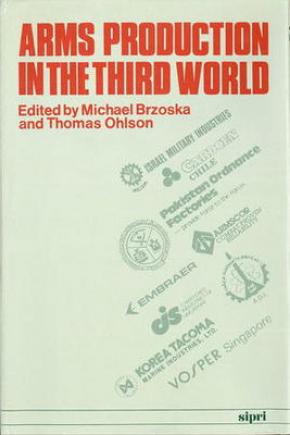Arms Production in the Third World
Domestic arms production in the Third World is today growing faster than military expenditures or arms imports. The main motive is the political quest for independence from foreign suppliers. The ability to produce arms is determined by economic factors, such as the size and scope of the industrial base, the availability of funds and the size of the market. The establishment of arms industries then generates commercial pressures to export the weapons.
Arms Production in the Third World is the first study of the subject to contain comprehensive statistics. It also brings together the political, economic and military aspects of arms production in these countries. Case studies on the leading producers focus on descriptive analyses of the motives, limitations, problems and achievements.
This book provides the answers to such questions as:
- How many producer countries are there?
- Who produces what and why?
- What is the technological level of the weapons?
- What is the structure of the arms industry?
- Where does the technology come from?
- Is the goal independence attainable?
- Does arms production contribute to development?
- What are the effects on arms control and disarmament?
1. Introduction
M. Brzoska and T. Ohlson
2. Arms production in the Third World: An overview
M. Brzoska and T. Ohlson
3. Argentina: schemes for glory
V. Millán
4. The ASEAN countries: Low-cost latecomers
T. Ohlson
5. Brazil: Arms for export
P. Lock
6. Egypt: Arms production in the transnational context
R. Väyrynen and T. Ohlson
7. India: The unfulfilled quest for self-sufficiency
H. Wulf
8. Iran: An enclave arms industry
A. T. Schulz
9. Israel: High-technology roulette
G. M. Steinberg
10. South Africa: Evading the embargo
M. Brzoska
11. South Korea: An ambitious client of the United States
J. E. Nolan
12. Taiwan: Dependent 'self reliance'
A. J. Gregor, R. E. Harkavy and S. G. Neuman
13. Other countries: The smaller arms producers
M. Brzoska
14. Conclusions
M. Brzoska and T. Ohlson
Appendix 1. Value of production of major weapons, by country and year, 1950–84
Appendix 2. Register of indigenous and licensed production of major conventional weapons in Third World countries, 1950-84
Appendix 3. Register of exports of major conventional weapons from Third World countries, 1950–84
Appendix 4. Sources and methods


